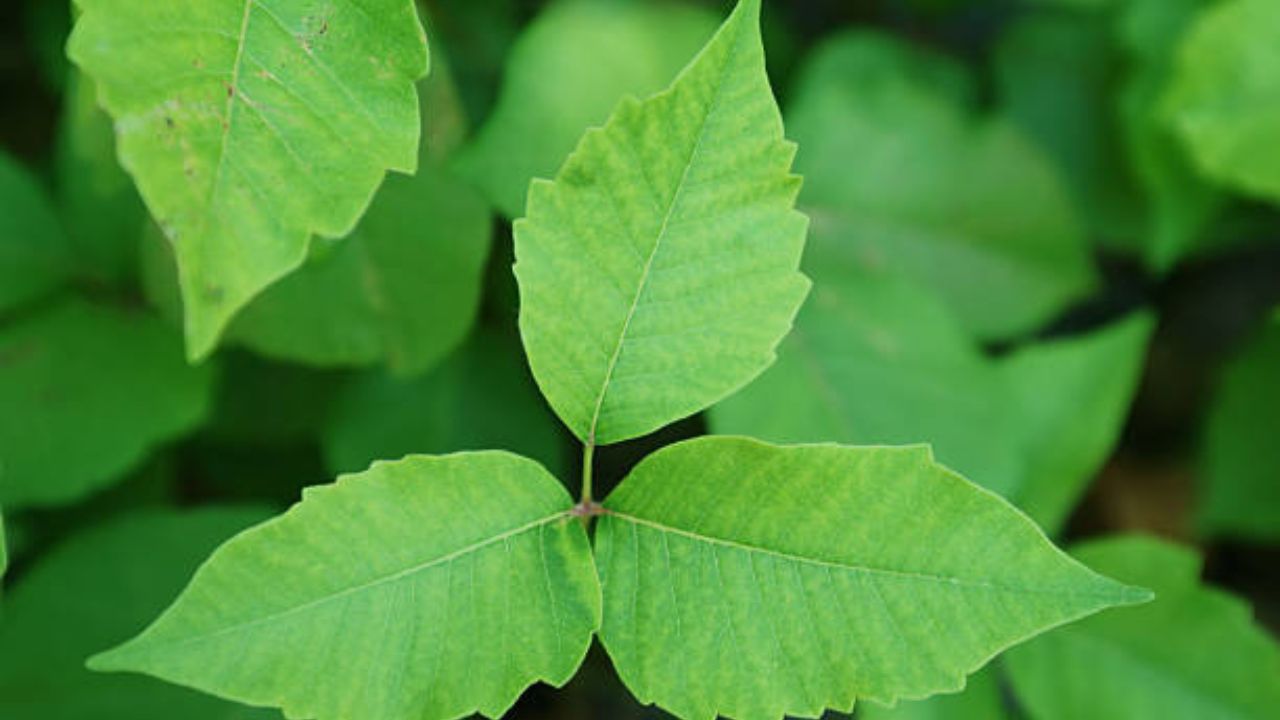What is poison ivy?
Poison ivy is a type of toxic plant. It is very common in most of the United States. Poison ivy often grows low to the ground, resembling a weed or bush. It can also grow taller than a vine, along plants, trees, or poles. Both forms have stems with 3 leaves. The leaves change color with the seasons. They can produce whitish flowers or berries.
Symptoms of contact with poison ivy
The main symptom of poison ivy is a rash. This is also known as contact dermatitis. The rash can be mild or severe. It can appear immediately or 1 to 2 days after contact. It is marked by redness and swelling. Small blisters may form and be itchy or painful. Try not to scratch the blisters. Bacteria found under the nails can get into the blisters and cause an infection.
What causes contact with poison ivy?

Poison ivy contains an oil called urushiol. Most people are allergic to this. This oil sticks to the skin when it comes into contact with it. The oil can get on your skin in the following ways:
- Touch the poison ivy plant
- Touching clothes or shoes that have oil on them
- Touching garden or lawn tools that have oil on them
- Touching pets that have been around poison ivy and have oil on their fur
- Burning of the poison ivy plant (the oil from the plant is carried in the smoke).
How is contact with poison ivy diagnosed?
A doctor can diagnose a poison ivy rash by reviewing your symptoms. They’ll also examine your rash to make sure it’s not caused by an allergy or another medical condition.
Can contact with poison ivy be prevented or avoided?
You can prevent and avoid contact with poison ivy most of the time. Keep an eye on the plant whenever you are outdoors. A well-known saying to remember is: “Leaves of three, let them be.” Other tips to prevent poison ivy include:
- Wear protective clothing when working on the lawn or in the garden. This includes long sleeves and pants, as well as gloves.
- Wash your clothes and shoes after being outside.
- Clean your gloves and tools after each use.
- Wash your pets if you think they have come into contact with the plant. Most pets are not allergic to the oil, but they can pass it on.
These tips are especially important if you know you have a severe allergy to poison ivy.
Poison ivy rash is not contagious. But you can spread poison ivy rash to another person if they touch the oil on you or your clothing.
Treatment for contact with poison ivy
Wash your skin right away if you come in contact with poison ivy or another toxic plant. Its oil can adhere to the skin in a matter of minutes. Use soap and cold water. This can help remove the oil or prevent it from spreading. Products that contain certain cleansers, such as mineral oil, may help.
Some over-the-counter medications help relieve rash symptoms, such as pain and itching. Among them are:
- Hydrocortisone creams (one brand name: Cortizona-10)
- Calamine lotion
- Antihistamine tablets (one brand: Benadryl).
Oatmeal baths and wet compresses can also help reduce symptoms.
Living With Poison Ivy Consequences
Most cases of poison ivy go away on their own in 1 to 3 weeks. After about a week, the blisters should begin to dry up and the rash should begin to fade. Severe cases can last longer, have worse symptoms, and cover more of your body.
Call your doctor if:
- You have a fever over 100°F (37.8°C)
- Have difficulty breathing
- You have a rash in your eyes, mouth, or genital area
- Pus comes out of your blisters
- The rash covers large areas of your body
- The rash does not improve after 1 week
Questions to ask your doctor
- How long does poison ivy oil stay active?
- Is poison ivy contagious?
- Why are some people more allergic to poison ivy than others?
- Can my poison ivy allergy get worse over time?
- What are the serious side effects of poison ivy?
- I have poison ivy in my backyard. Is there any way to remove it?
